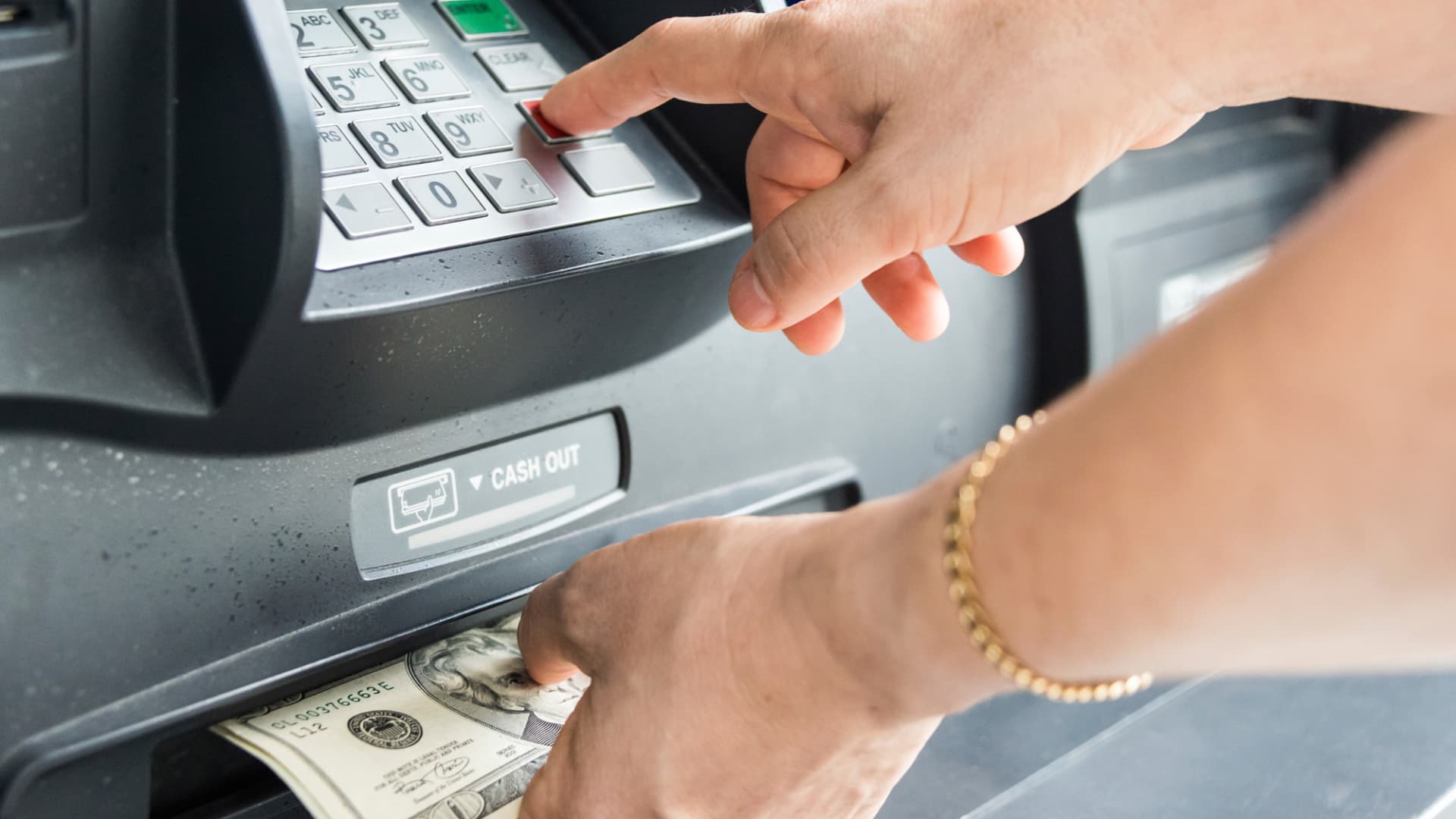Products You May Like
Amid turmoil in the financial sector and uncertainty ahead, the Federal Reserve will likely approve a 0.25 percentage point increase at this week’s policy meeting.
That will mark one year since the central bank began the current rate-raising cycle.
Over the last 12 months, inflation spiked to a 40-year high and only recently started to ease, but all of that monetary policy tightening has been tied to issues that are disrupting the banking industry now.
For consumers, that means they must still pay a higher price to borrow while continuing to grapple with a persistently high cost of living — all while suffering a crisis of confidence when it comes to their savings accounts.
More from Personal Finance:
Why our brains are hard-wired to go on ‘bank runs’
What bank failures mean for consumers and investors
What to know about FDIC insurance coverage
“They are right in feeling these are dire economic times,” said Tomas Philipson, a professor of public policy studies at the University of Chicago and a former acting chair of the White House Council of Economic Advisers.
Incomes have not kept pace with inflation, which means purchasing power has declined as inflation has squeezed household budgets.
“It’s not how many dollar bills you have, it’s what you can buy with them,” Philipson said.
Rate hikes, one year later
For its part, the Fed has already hiked its benchmark fund rate eight times over the last year to its current level of between 4.5% and 4.75%.
The federal funds rate, which is set by the central bank, is the interest rate at which banks borrow and lend to one another overnight. But Fed rates also influence consumers’ borrowing costs, either directly or indirectly, including their credit card, mortgage and auto loan rates.
Average credit card rates now top 20%
Since most credit cards have a variable interest rate, there’s a direct connection to the Fed’s benchmark. As the federal funds rate rises, the prime rate does, too, and credit card rates follow suit.
After a prolonged period of rate hikes, the average credit card rate is now over 20%, on average — an all-time high — up from 16.34% one year ago.
At the same time, households are increasingly leaning on credit to afford basic necessities, which makes it even harder for the growing number of borrowers who carry a balance from month to month.
Mortgage rates now average 6.66%
Although 15-year and 30-year mortgage rates are fixed, and tied to Treasury yields and the economy, anyone shopping for a new home has lost considerable purchasing power, partly because of inflation and the Fed’s policy moves.
The average rate for a 30-year, fixed-rate mortgage currently sits at 6.66%, up from 4.40% when the Fed started raising rates last March.
Adjustable-rate mortgages, or ARMs, and home equity lines of credit, or HELOCs, are pegged to the prime rate. As the federal funds rate rises, the prime rate does, as well, and these rates follow suit. Most ARMs adjust once a year, but a HELOC adjusts right away. Already, the average rate for a HELOC is up to 7.76% from 3.96% a year ago.
Auto loan rates rose to around 6.48%
Even though auto loans are fixed, payments are getting bigger because the price for all cars is rising along with the interest rates on new loans.
The average interest rate on a five-year new car loan is now 6.48%, up from 4% one year ago.
Research shows keeping up with the higher cost has become a challenge as personal savings have dwindled and more borrowers fall behind on their monthly loan payments.
Federal student loans are already at 4.99%
Federal student loan rates are also fixed, so most borrowers aren’t immediately affected by rate hikes. The interest rate on federal student loans taken out for the 2022-23 academic year already rose to 4.99%, up from 3.73% last year, but any loans disbursed after July 1 will likely be even higher.
For now, anyone with existing federal education debt will benefit from rates at 0% until the payment pause ends, which the Education Department expects to happen sometime this year.
Private student loans tend to have a variable rate tied to the Libor, prime or Treasury bill rates — and that means that, as the Fed raises rates, those borrowers will also pay more in interest. How much more, however, will vary with the benchmark.
Deposit rates at banks can reach 5.02%
While the Fed has no direct influence on deposit rates, the rates tend to be correlated to changes in the target federal funds rate. The savings account rates at some of the largest retail banks, which were near rock-bottom during most of the Covid pandemic, are currently up to 0.35%, on average.
Thanks, in part, to lower overhead expenses, top-yielding online savings account rates are as high as 5.02%, much higher than last year’s 0.75%, according to Bankrate.
Although most savers don’t need to worry about the security of their cash at the bank, since no depositor has lost FDIC-insured funds due to a bank failure, any money earning less than the rate of inflation still loses purchasing power over time.
Subscribe to CNBC on YouTube.
